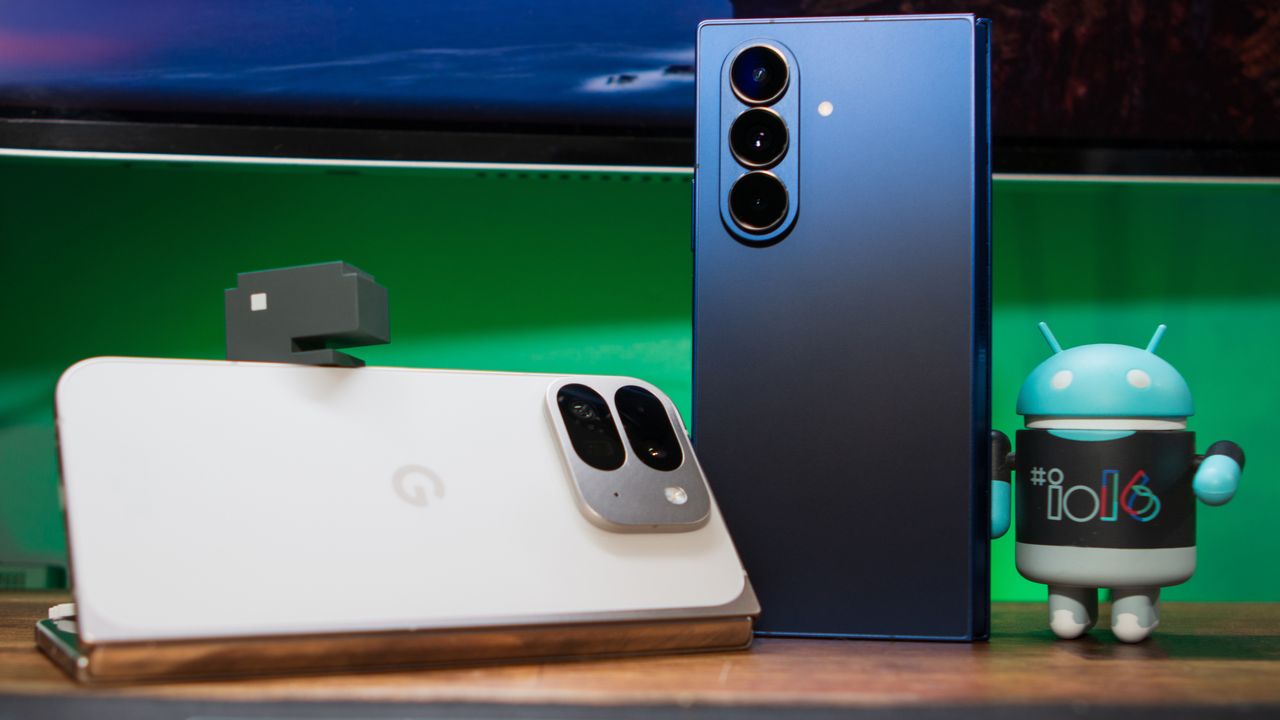
What you need to know
- The smartphone will evolve into a "hub" for other devices like XR glasses, making it less necessary to physically interact with the phone for every task.
- AI will become crucial for personalizing tasks and seamlessly connecting different apps and services, reducing the number of manual steps needed to get things done.
- Hardware will continue to focus on making devices slimmer and more power-efficient, with potential for new form factors like rollable displays.
Imagine a world where a call or text alert will trigger your phone's display to be projected directly in front of you. With just a simple gesture, you can answer the call or reply to the message, all without ever having to physically touch your smartphone. That's the kind of world that folks at Tom's Guide say we might end up living in by 2035.
The publication spoke to Samsung, Motorola, and OnePlus about what the future of their phones would look like. And the most common yet seemingly obvious answer was that smartphones won't be gone, but we might not be reaching for them as often as we do now, for navigation, texting, and a lot more.
"Smartphones will remain central, but they’ll increasingly work alongside wearables and connected ecosystems to deliver seamless, context-aware experiences," said Jeff Snow, head of AI and software mobile experiences at Motorola
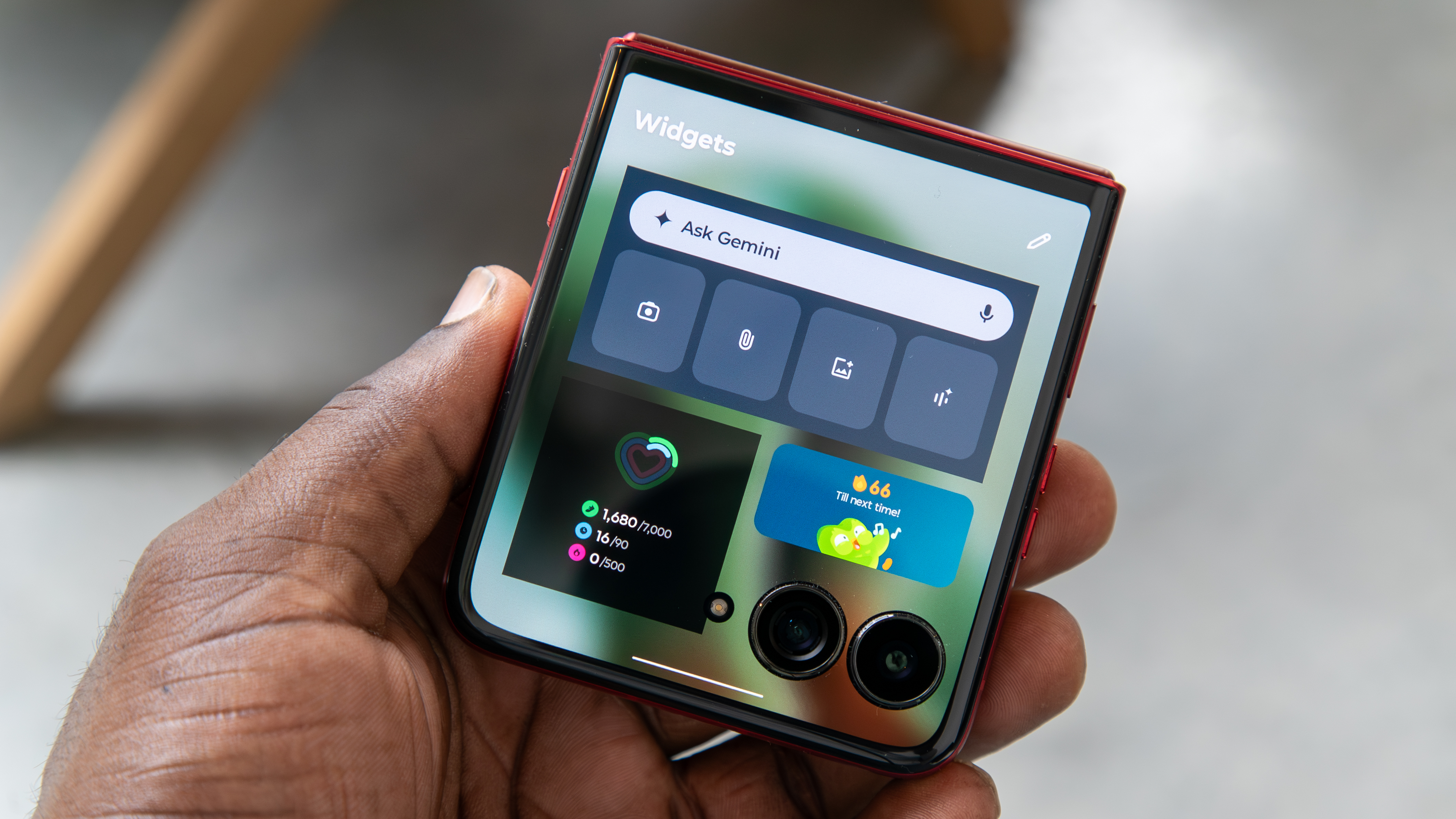
Case in point, Google recently demoed its AR Glasses at I/O, which can project directions to a cafe right in the user's field of vision. This allows you to navigate hands-free, simply by connecting the glasses to your phone and using voice commands.
On the hardware front, the publication notes that in the next 10 years, we may see "rollable displays if the durability and power issues can be minimized."
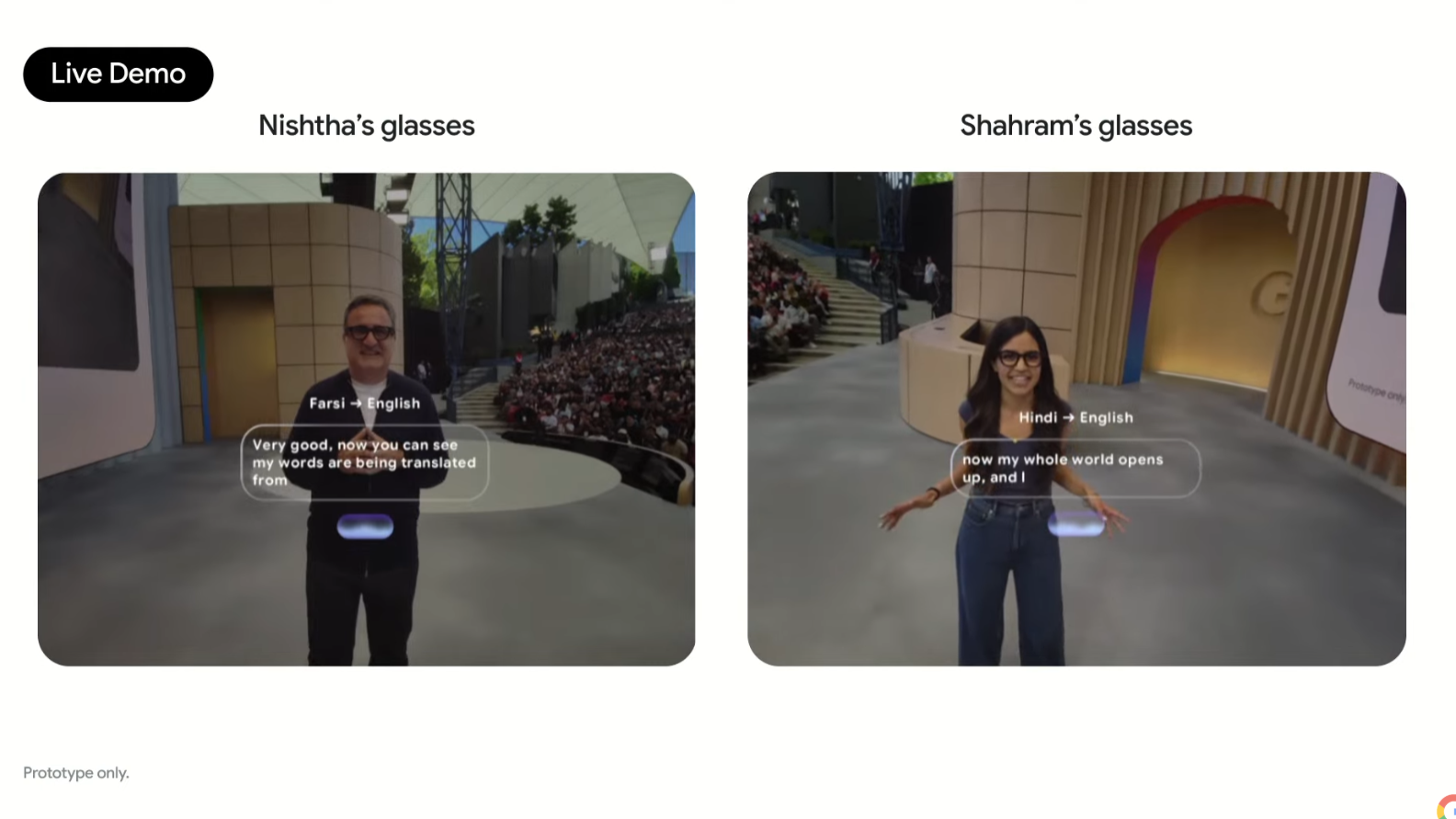
We are seeing a shift in the way people want to handle their phones, considering OEMs are chasing ways to make slimmer devices that are not only powerful but also easier to carry and simply slide into pockets, like the newest Samsung Galaxy Z Fold 7, measuring 8.9mm in sleekness. Chris Patrick, senior vice president and GM for mobile handsets at Qualcomm, said that "We see shrink continuing to happen, power improvements continuing to happen."
"But I think the place where we continue to evolve is the kind of core evolution between software and hardware."
Leaning into AI
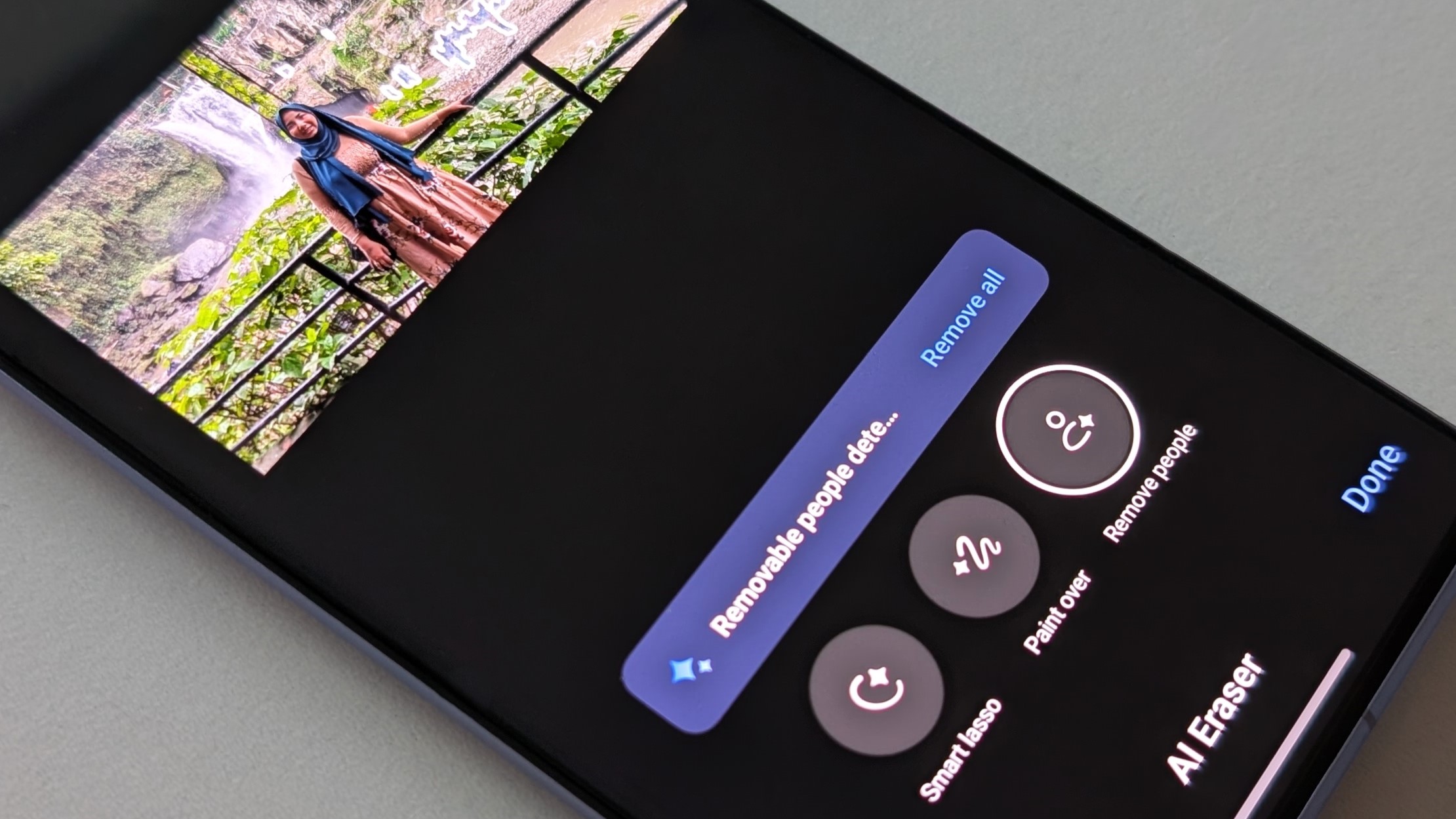
Speaking of software, Samsung and OnePlus are constantly harnessing the power of AI on their devices, minimizing the number of clicks users need to make on their devices to finish a task.
"In the past, the phone served as a platform where you could connect different individual apps, individual walled gardens."
"But with the power of AI, it [will be able to] link and connect different services, helping to achieve tasks across different services," said Arthur Lam, the director of OnePlus AI and Oxygen OS.
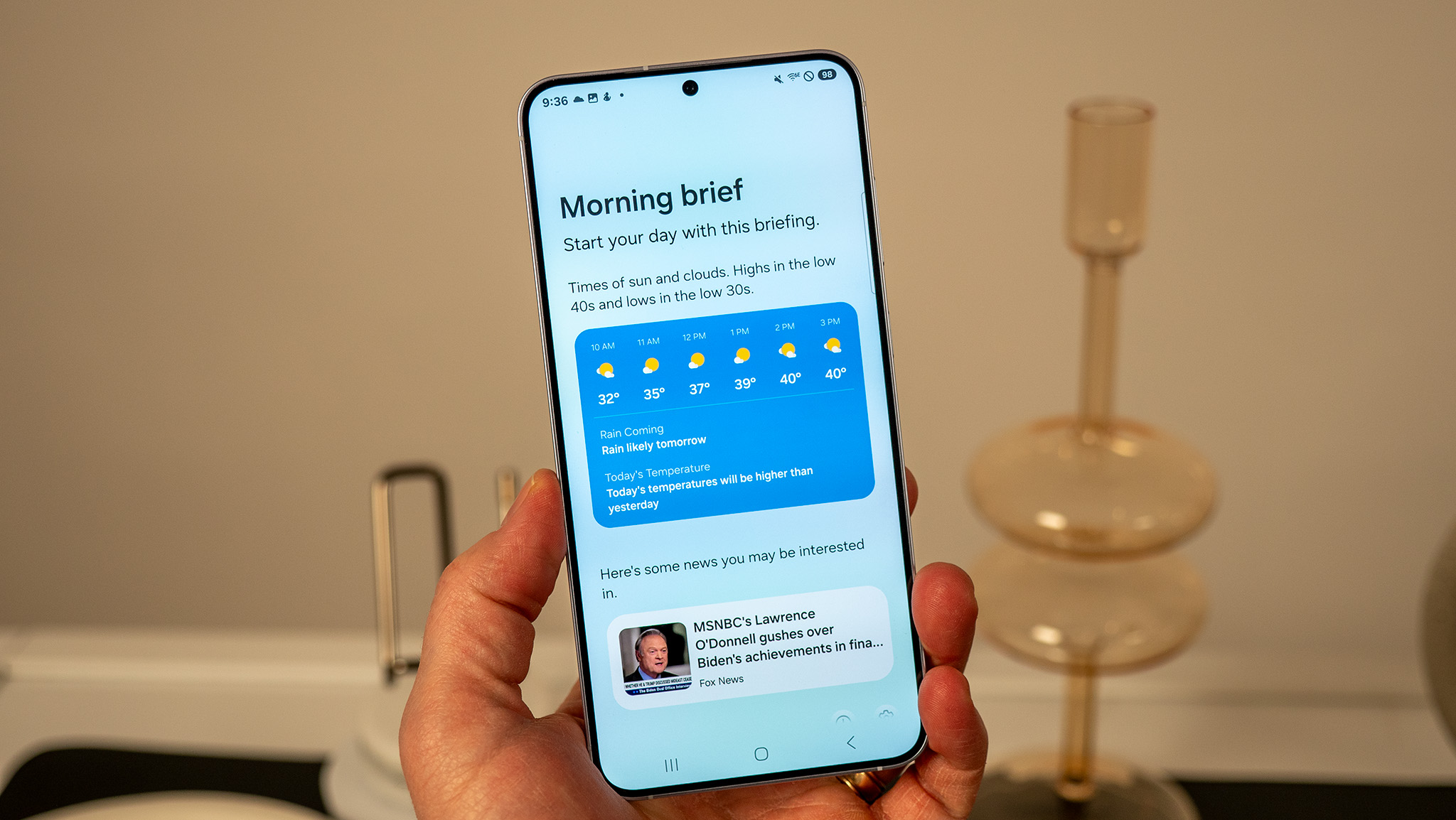
With Galaxy AI, Samsung continues to work on making things more intuitive for its users. “AI is understanding the things that are meaningful," said Blake Gaiser, Samsung's director of smartphone product management.
It's about how your phone should be able to personalize tasks and suggest routines to get stuff done quicker, like "Hey, Mark, you're doing this all the time. Maybe we should just turn that into a routine for you so you don't have to do those 13 clicks every single day,” Gaiser added.







